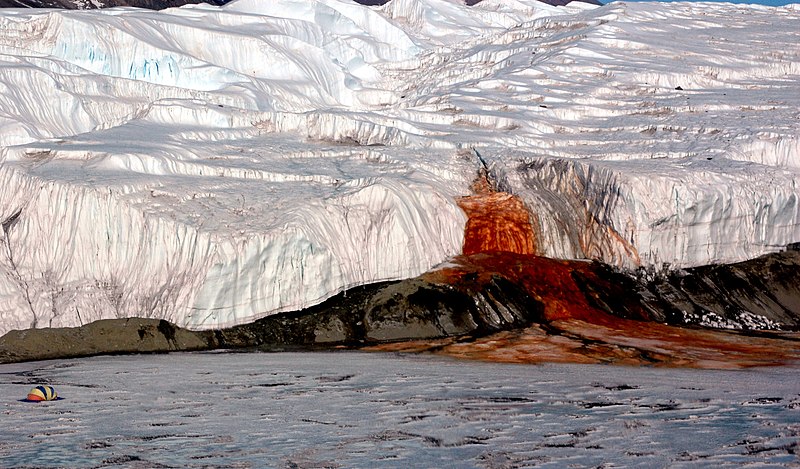In 1911, British geologist Thomas Griffith Taylor made a remarkable discovery during the Terra Nova Expedition in Antarctica. He encountered a captivating waterfall that seemed to flow with blood, later named “Blood Falls.”
He initially attributed the sight to red algae, but it took nearly fifty years to identify the true cause. This mysterious phenomenon has intrigued scientists and fascinated the public for over a century.
Recently, researchers from Johns Hopkins University made an exciting breakthrough, providing insights into this enigmatic natural marvel.
Research scientist Ken Livi conducted a thorough analysis of the samples obtained from Blood Falls using advanced transmission electron microscopes. His examination revealed an abundance of minuscule nanospheres rich in iron within the water, causing the gory appearance when oxidized. Remarkably, these nanospheres are approximately one-hundredth the size of a human red blood cell. They contain elements like silicon, calcium, aluminum, and sodium.
“As soon as I looked at the microscope images, I noticed that there were these little nanospheres and they were iron-rich, and they have lots of different elements in them besides iron – silicon, calcium, aluminum, sodium – and they all varied,” said Ken Livi, an author of the study.
The scientists’ discovery of Blood Falls has not only solved a century-old enigma but also has broader implications. It offers insights into our planet and the possibility of exploring other celestial bodies in the universe. This breakthrough opens doors for further understanding and exploration.







